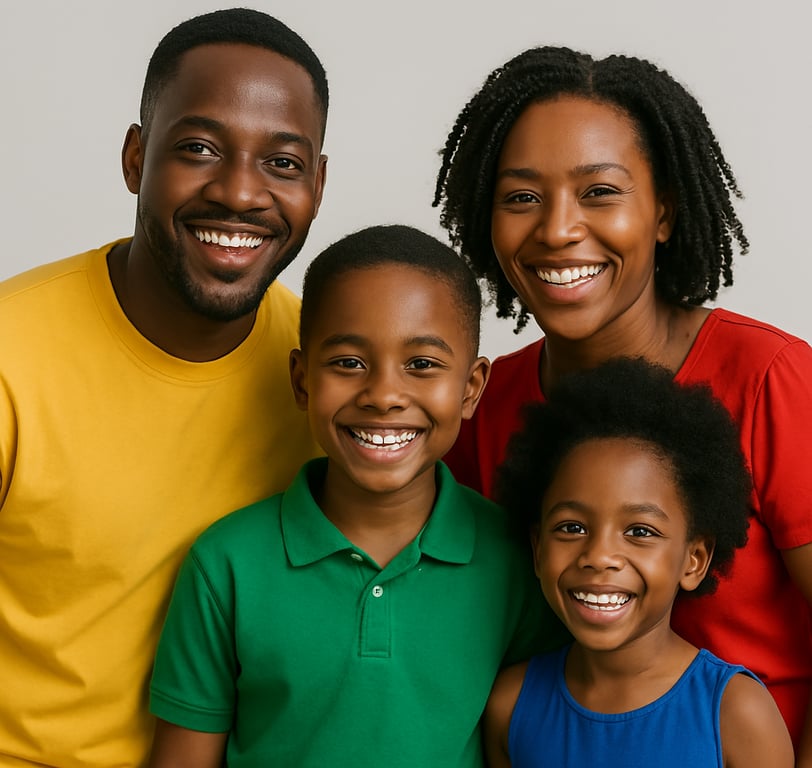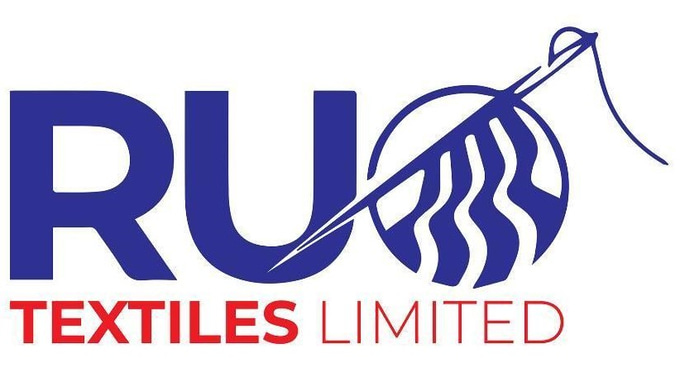LET US HELP YOU COLOUR YOUR LIFE!
How to Choose Your Clothes: A Smart Shopper’s Guide
Blog post description.
4/4/20252 min read


Selecting the right clothes isn’t just about following trends—it’s about making thoughtful decisions based on affordability, purpose, quality, location, and occasion. Whether you're refreshing your wardrobe or shopping for a specific event, here’s how to choose wisely.
1. Consider Your Budget (Affordability)
Before buying anything, set a realistic budget. High price tags don’t always mean better quality, and cheap deals may cost more in the long run if the clothes wear out quickly. Look for:
Sales & thrift stores – Great for finding quality pieces at lower prices.
Cost-per-wear – A slightly expensive but durable item may be a smarter buy than a cheap, disposable one.
Versatile staples – Invest in timeless basics (like a good blazer or jeans) that work for multiple outfits.
2. Define the Purpose
Ask yourself: What do I need this for?
Everyday wear → Comfort and durability matter most (e.g., cotton tees, stretchy jeans).
Work attire → Professional, wrinkle-resistant fabrics (e.g., wool, structured cotton).
Special occasions → Focus on fit and elegance (e.g., silk, well-tailored suits or dresses).
Workout gear → Moisture-wicking, breathable fabrics (e.g., polyester blends, spandex).
3. Prioritize Quality Over Quantity
A closet full of cheap, poorly made clothes is less useful than a few high-quality pieces. Check for:
Fabric composition – Natural fibers (cotton, wool, linen) often last longer than synthetic ones.
Stitching & seams – Loose threads or uneven stitching are red flags.
Fit & tailoring – Even an affordable item can look premium if it fits well.
4. Factor in Your Location & Climate
Where you live affects what you should wear:
Hot & humid → Lightweight, breathable fabrics (linen, cotton).
Cold climates → Layering-friendly materials (wool, cashmere, thermal knits).
Rainy areas → Water-resistant fabrics (nylon, treated cotton).
5. Dress for the Occasion
Matching your outfit to the event ensures you look appropriate and confident:
Casual outings → Relaxed fits, soft fabrics (denim, knits).
Business settings → Structured, neutral-toned pieces (blazers, tailored pants).
Formal events → Luxe fabrics (silk, satin, velvet) and polished fits.
6. Personal Style & Confidence
No matter the trends, the best clothes are the ones that make you feel good. If an item doesn’t align with your personal style, it’ll likely sit unworn in your closet.
Final Tip: The 3-Question Rule
Before buying, ask:
Do I love it? (Emotional appeal)
Will I wear it often? (Practicality)
Does it fit my lifestyle? (Relevance)
If the answer is yes to all three, it’s a smart purchase.
Remember: A well-curated wardrobe isn’t about having the most clothes—it’s about having the right ones. Choose wisely!
